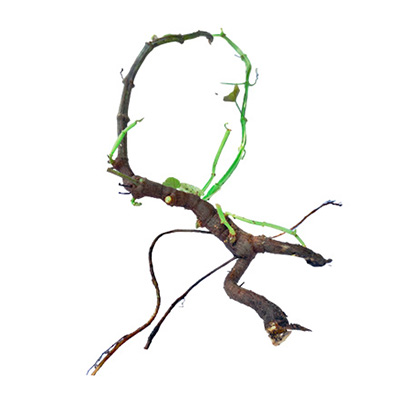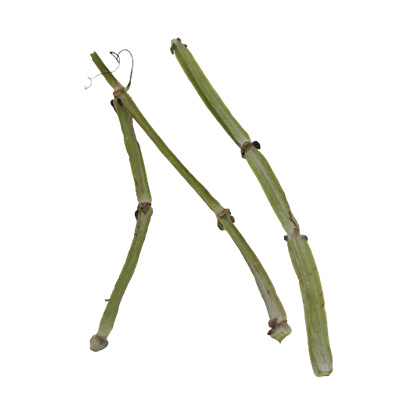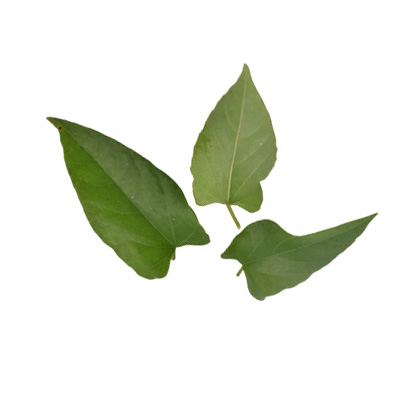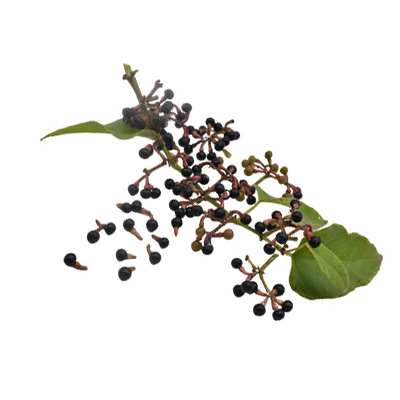Treebind
Cissus repens Lam.
Vitaceae
Location in our garden
Principal
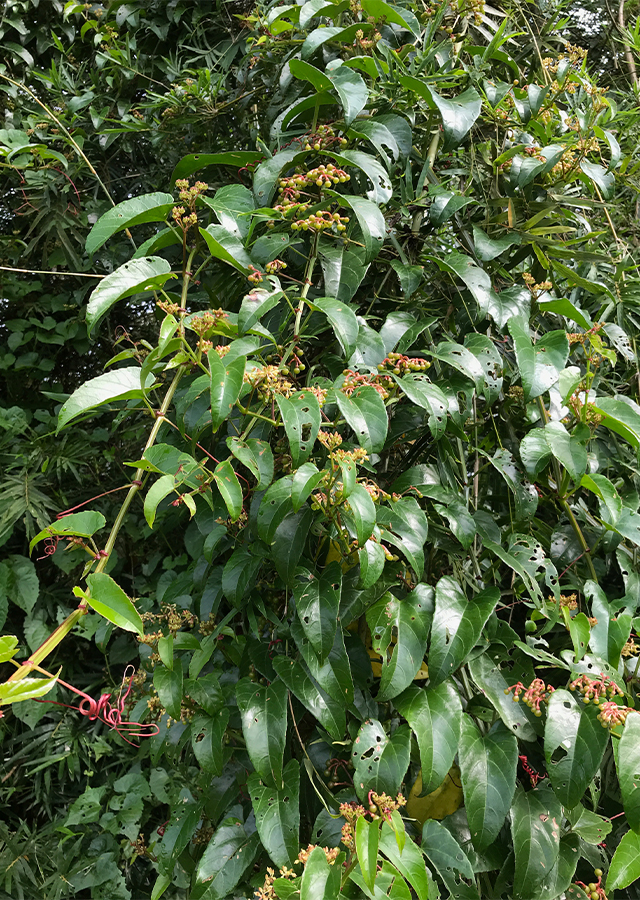
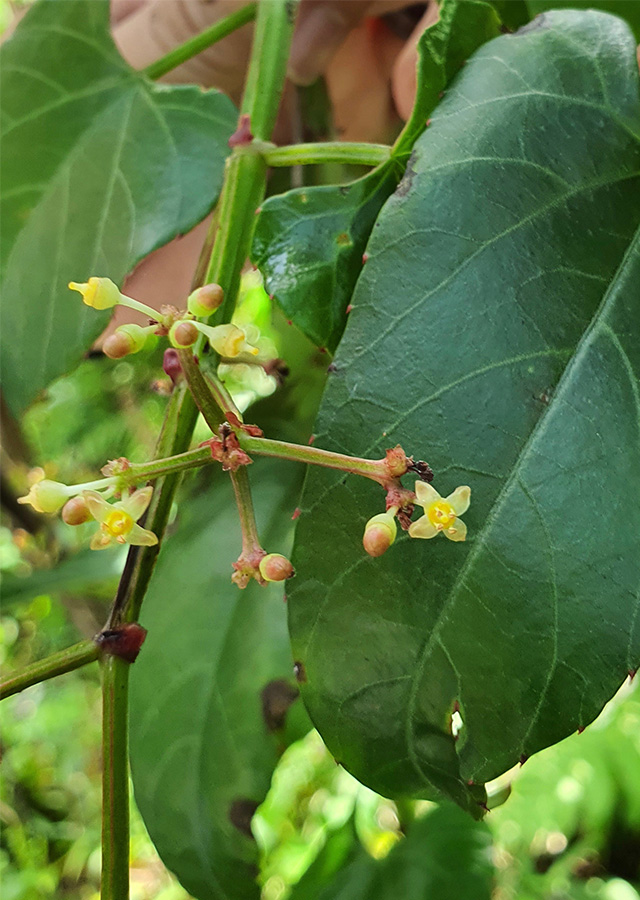
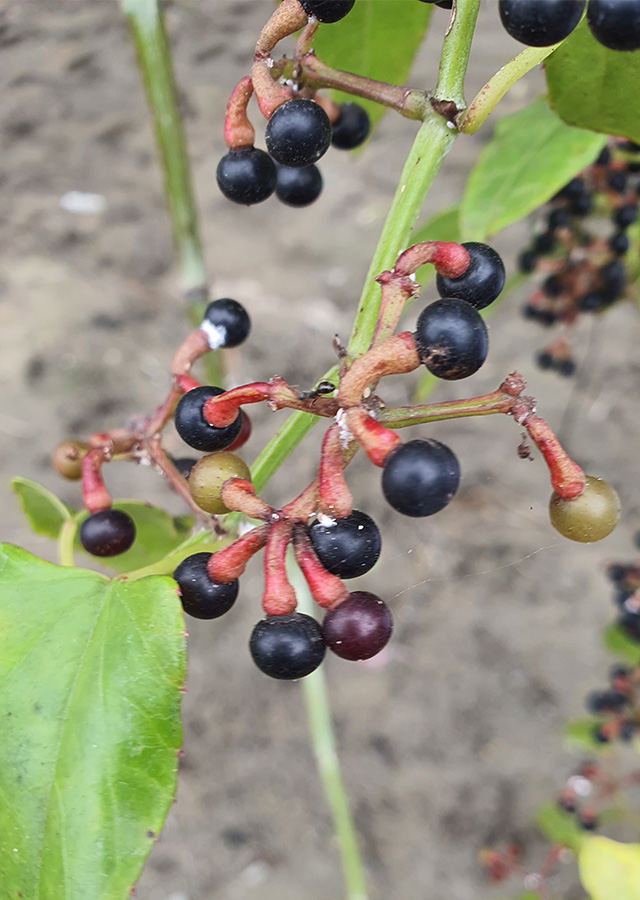
Synonym
Cissus blumeana Steud.
Cissus cerifera Teijsm. & Binn.
Cissus cordata Roxb.
Habitus
Climbers. An evergreen climber vine, perennial, much branched, stem up to 15 m long
Part Used
Leaves
Fruit
Roots
Twigs
Tuber
Growing Requirements
Full Sunshine
Need Shade
Habitat
Forest
Coastal
Overview
Cissus repens is from Andaman Island, Assam, Bangladesh, Cambodia, China South-Central China Southeast, India, Indonesia, Laos, Lesser Sunda Island, Malaya, Myanmar, Nepal, New Caledonia, Nicobar Island, Philippines, Queensland, Taiwan, Thailand, Vietnam, China Southeast, Christmas I. For local use the plant is harvested from the wild as food and medicine. As a vegetable, the leaves are cooked and eaten.
Vernacular Names
Voë sedaa (Cambodia), Gou jiao ji (Chinese), Lôôb hééb (Laos), Lakum (Malaysia), Kalit-kalit (Philippines), Thaokhan (Thai), Dây chìa vôi xanh (Vietnamese).
Agroecology
This plant grows in evergreen forests, forest galleries, secondary forests, regeneration, clearings, half-deciduous forests, among tall bushes at elevations of 150-1,200 m at the boundaries of primitive forests. In damp soils, well-drained and fertile loamy soils, it thrives.
Morphology
- Roots - tuberous roots.
- Stems - glaucous, terete, can be herbaceous, or sometimes become slightly woody and persist for more than a year.
- Leaves - ovate, acuminate, 10-16 x 6-11 cm, strongly cordate at the root, 5 base nerves, midrib with 3 lateral nerve pairs, 4-7 cm long petioles. Cymes 5-7 cm across, glabrous, 6 cm long peduncle, orbicular bract junctions, 5-8 pedicels together, 1 cm long.
- Flowers - many, calyx obtusely lobed, ciliate; petals 1.5 mm long, reddish, disk glabrous, drupe, 4 x 3 mm, oblique-obovoid, and smooth.
- Fruits - round berries, fleshy, juicy, dark purple or black, subglobose, and about 1 cm in diameter, and with 1 seed each.
- Seeds - up to 4 mm across.
Cultivation
- It can be propagated by seeds, stem and root cuttings (generative and vegetative propagation).
- Often parts of intact stems root spontaneously, which can then be extracted for cultivation.
Chemical Constituents
Ursolic acid, asiatic acid, lupeol, friedilin, epifriedelanol.
Traditional Medicinal Uses
Medicinal Uses
- Analgesic and anti-inflammatory activity has been demonstrated in the methanol extract of C repens.
- This plant is known as an astringent, antibacterial, antiscorbutic, hypoglycemic, antitumor, and rubefacient.
Traditional Uses
- People suffering from heart attacks eat the leaves and a herb tea is drunk to relieve coughing. In treating headaches, a leaf decoction is taken internally, and often applied externally as an embrocation.
- The sap is used to heal the umbilical cord as an ointment. To cure stomach disorders and constipation, the stems are part of a mixture. To add to abscesses to draw out pus, the grated stems are rendered into poultices.
- Root is added to boils, used as astringent medicine, ground with black pepper. It is sometimes used as a tonic stimulant for weakness.
- A herb used for diseases of the eyes (conjunctivitis, cataracts and night blindness).
- Infusion of seeds used for diabetes with the extract of tubers.
- Tuber paste for snake bites.
